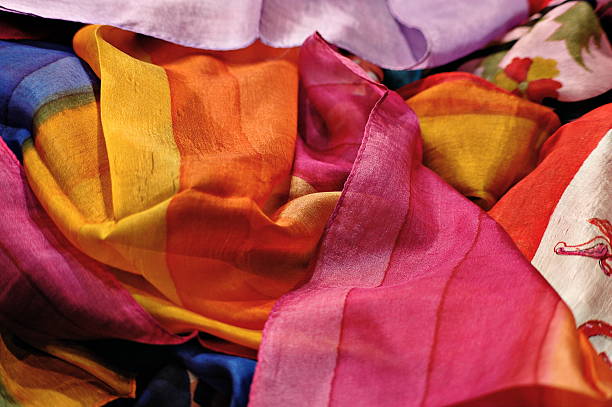In the dynamic world of textile manufacturing, the quest for materials that balance elegance, functionality, and ecological responsibility is perpetual. Rayon, a semi-synthetic fabric, stands out as a remarkable material in this quest. Combining the best of natural and synthetic worlds, rayon offers a plethora of benefits, making it a highly sought-after fabric in the textile industry. This blog delves into the myriad advantages of using rayon in textile manufacturing.
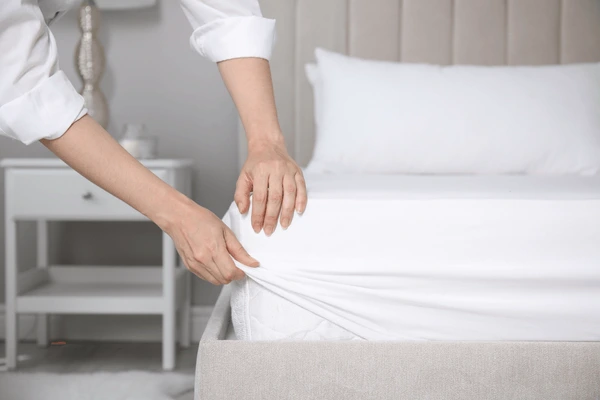
1. Exceptional Versatility
Rayon’s adaptability is unmatched. It can be engineered to mimic the qualities of various fabrics like cotton, silk, and wool. This versatility extends its applications beyond clothing to include upholstery, beddings, and even medical supplies. Its ability to blend seamlessly with other fibers further enhances its functionality, creating fabrics that cater to specific needs, such as durability and elasticity.
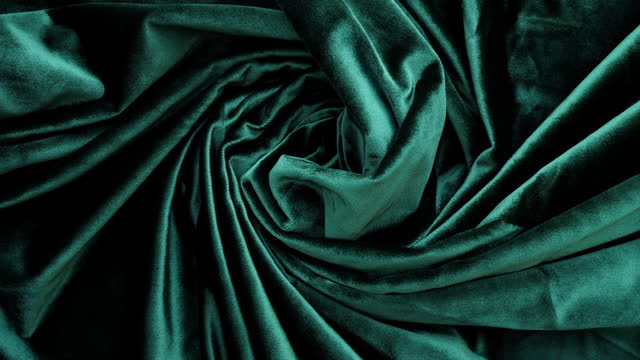
2. Luxurious Feel and Appearance
Rayon is often celebrated for its silk-like qualities. It boasts a lustrous sheen and a smooth texture, bringing an element of luxury to garments and textiles. This aesthetic appeal, coupled with a lower price point compared to silk, makes it a popular choice in high-end fashion as a cost-effective yet elegant alternative.

3. Breathability and Comfort
This fabric excels in breathability, a crucial feature for comfort in warm climates. Rayon doesn’t trap body heat, allowing for air circulation and minimizing sweat retention. This makes it an ideal choice for summer wear and for those with sensitive skin.
Refer to The ultimate guide to clothing material to dive into the details.
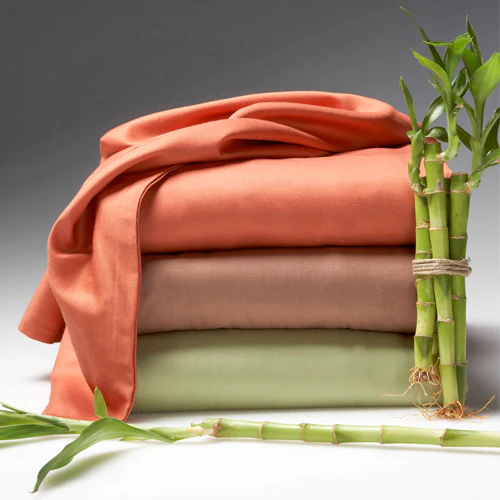
4. Eco-Friendly Manufacturing Options
Environmental consciousness in textile manufacturing is pivotal, and rayon contributes positively in this arena. Newer methods of producing rayon use sustainable and renewable sources like bamboo and wood pulp, significantly reducing its ecological footprint. These eco-friendly variants are a testament to the industry’s commitment to sustainable practices.
Learn about sustainable textile practices in our blog on Sustainable Textile Materials.
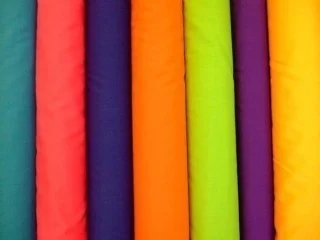
5. Vibrant and Long-Lasting Colors
Rayon’s high absorbency makes it exceptionally dye-friendly. It can be dyed in vivid colors that are more saturated and last longer, giving designers a vast spectrum to work with. This attribute is particularly beneficial for fashion designers seeking to create bold and expressive collections.
For more on color trends and dyeing techniques, read The Art of Fabric Dyeing.
6. Cost-Effectiveness
The production of rayon is more economical than that of natural fibers like silk and cotton. This affordability benefits manufacturers and consumers alike, making high-quality, luxurious-looking products accessible at a fraction of the cost.
7. Durability and Ease of Maintenance
Rayon strikes a balance between delicacy and durability. It resists shrinking and wrinkling more effectively than many natural fabrics. This aspect ensures that rayon-made garments maintain their shape and appearance over time, making them a practical choice for everyday wear.
8. Softness and Hypoallergenic Qualities
The fabric’s softness is gentle on the skin, making it suitable for people with sensitive skin or allergies. Rayon’s hypoallergenic nature ensures comfort and reduces the likelihood of skin irritations.
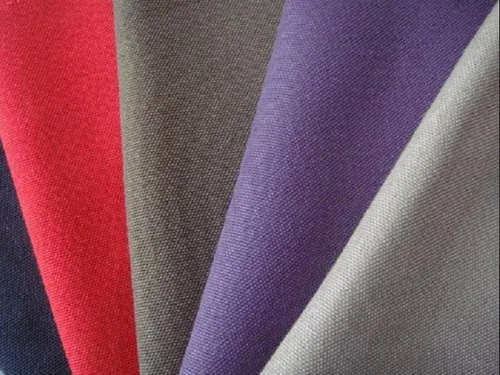
9. Innovative Rayon Blends
The textile industry constantly innovates, and rayon is at the forefront of this innovation. Blending rayon with fibers like cotton, polyester, and spandex has led to the creation of fabrics that offer enhanced stretchability, moisture-wicking, and strength, catering to a diverse range of applications.
Discover the latest in fabric innovation in our blog Fabric Innovation and Technology.
10. Boosting Local Economies
Investing in rayon production can significantly benefit local economies. It creates job
opportunities and supports the growth of the textile industry in various regions, contributing to economic development.
Conclusion
Rayon’s blend of aesthetic appeal, practicality, and eco-friendliness makes it an exemplary choice in modern textile manufacturing. Its adaptability to various needs and commitment to sustainability position it as a material that is not only beneficial for today’s market but also for the future of the textile industry.
For further insights into the evolving world of textiles, visit our main blog page at Locofast.
